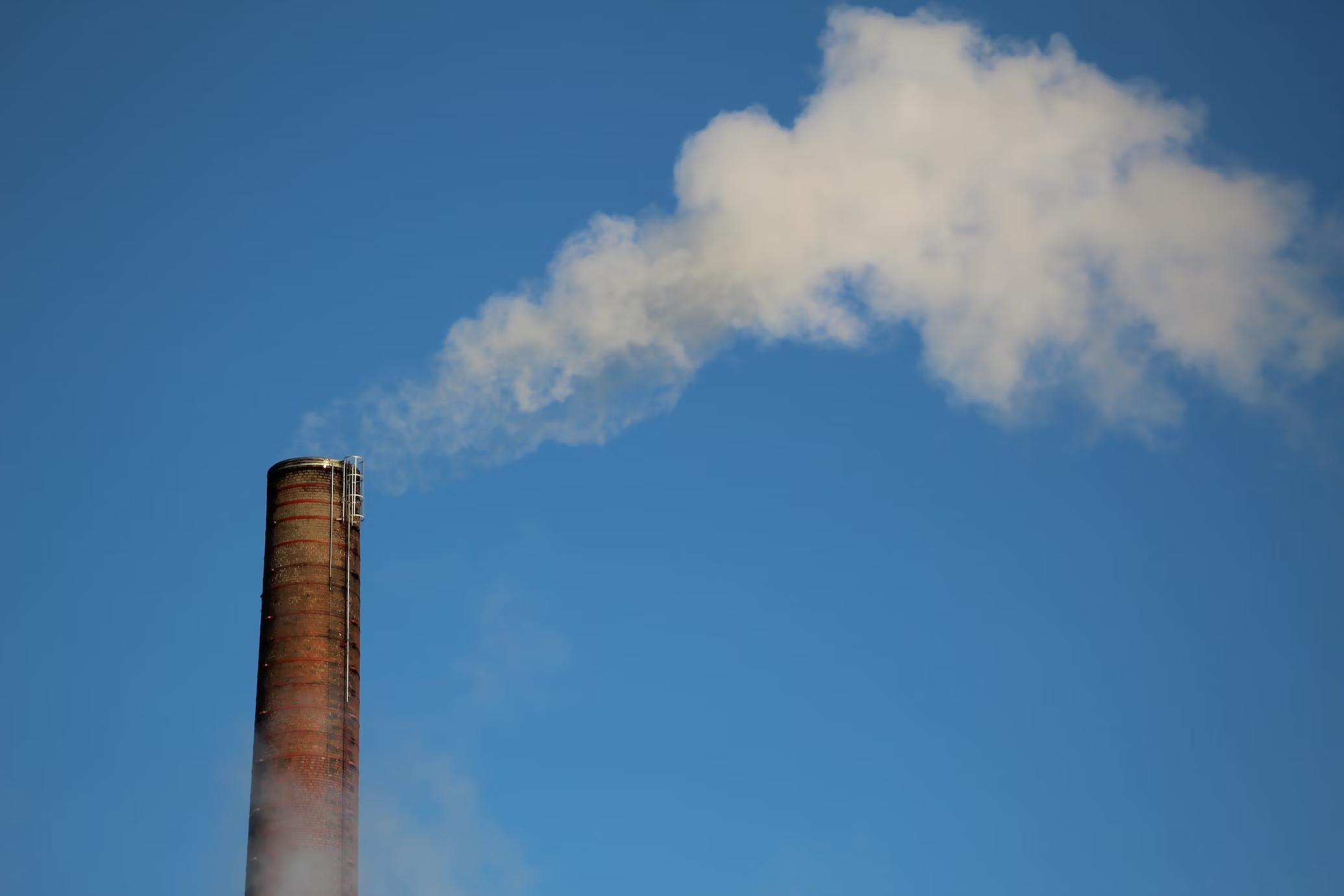Quantifying national emissions of methane worldwide
Sep 18, 2023
Peking University, September 18, 2023: Methane (CH4) stands as the second most important greenhouse gas caused by human activities after CO2 and is responsible for 0.6°C global warming since preindustrial times.
To better quantify national emissions of methane around the globe, a research group led by Shen Lulu, from the Department of Atmospheric and Oceanic Sciences of the School of Physics at Peking University, deployed 22 months (May 2018-Feb. 2020) of satellite observation data. The research findings have been published in Nature Communications recently.
Why it matters: Reducing methane emissions from fossil fuel exploitation (oil, gas, and coal) is an important target for climate policy, but current national emission inventories submitted to the United Nations Framework Convention on Climate Change (UNFCCC) are highly uncertain.
· The Global Methane Pledge signed by over 110 countries commits to reducing collective methane emissions by 30% by 2030.
· Emissions from fossil fuel exploitation (oil, gas, and coal) is an important mitigation target because it is estimated to account for about one-third of the global anthropogenic total and could be cost-effective to control.
Key findings: The research group’s optimized estimates of global methane emissions are 62.7 ± 11.5 Tg a−1 (million tons per year) for the oil-gas sector and 32.7 ± 5.2 Tg a−1 for the coal sector.
· Oil-gas emissions are 30% higher than the global total from UNFCCC reports, mainly due to under-reporting by the four largest emitters including the US, Russia, Venezuela, and Turkmenistan.
· Eight countries have methane emission intensities from the oil-gas sector exceeding 5% of their gas production, and lowering these intensities to the global average level of 2.4% would reduce global oil-gas emissions by 11 Tg a−1 or 18%.
How this research is conducted: The research group utilized satellite observations from the Tropospheric Monitoring Instrument (TROPOMI) – launched in October 2017 – which provides considerably higher global data density.
· The research received support from the National Natural Science Foundation of China.
· Shen Lulu is the research paper’s first author and corresponding author, who also collaborated with Daniel Jacob, Tia Rscarpelli, and Alba Lorente from Harvard University, Ritesh Gautam, Mark Omara, and Daniel Zavala-Araize from the Environment and Development Foundation in the U.S., Lin Jintai from Peking University, as well as Lu Xiao from Sun Yat-sen University.
References:
Shen, L.*, Jacob, D., Gautam, R., Omara, M., Scarpelli, T., Lorente, A., ., Zavala-Araiza, D., Lu, X., Chen, Z., Lin, J. National quantifications of methane emissions from fuel exploitation using high resolution inversions of satellite observations. Nature Communications, 14, 4948, https://doi.org/10.1038/s41467-023-40671-6 , 2023.
Shen, L.*, Zavala-Araiza, D., Gautam*, R., Omara, M., Scarpelli, T., Sheng, J., Sulprizio, M.P., Zhuang, J., Zhang, Y., Qu, Z., Lu, X., Hamburg, S., and Jacob, D. Unravelling a large methane emission discrepancy in Mexico using satellite observations. Remote Sens. Environ., 260, 112461, https://doi.org/10.1016/j.rse.2021.112461, 2021.
Shen, L.*, Gautam, R., Omara, M., Zavala-Araiza, D., Maasakkers, J. D., Scarpelli, T. R., Lorente, A., Lyon, D., Sheng, J., Varon, D. J., Nesser, H., Qu, Z., Lu, X., Sulprizio, M. P., Hamburg, S. P., and Jacob, D. J.: Satellite quantification of oil and natural gas methane emissions in the US and Canada including contributions from individual basins, Atmos. Chem. Phys., 22, 11203–11215, https://doi.org/10.5194/acp-22-11203-2022,2022.
Edited by: Dennis Meng
Source: Department of Atmospheric and Oceanic Sciences
Cover photo: Unsplash.com
